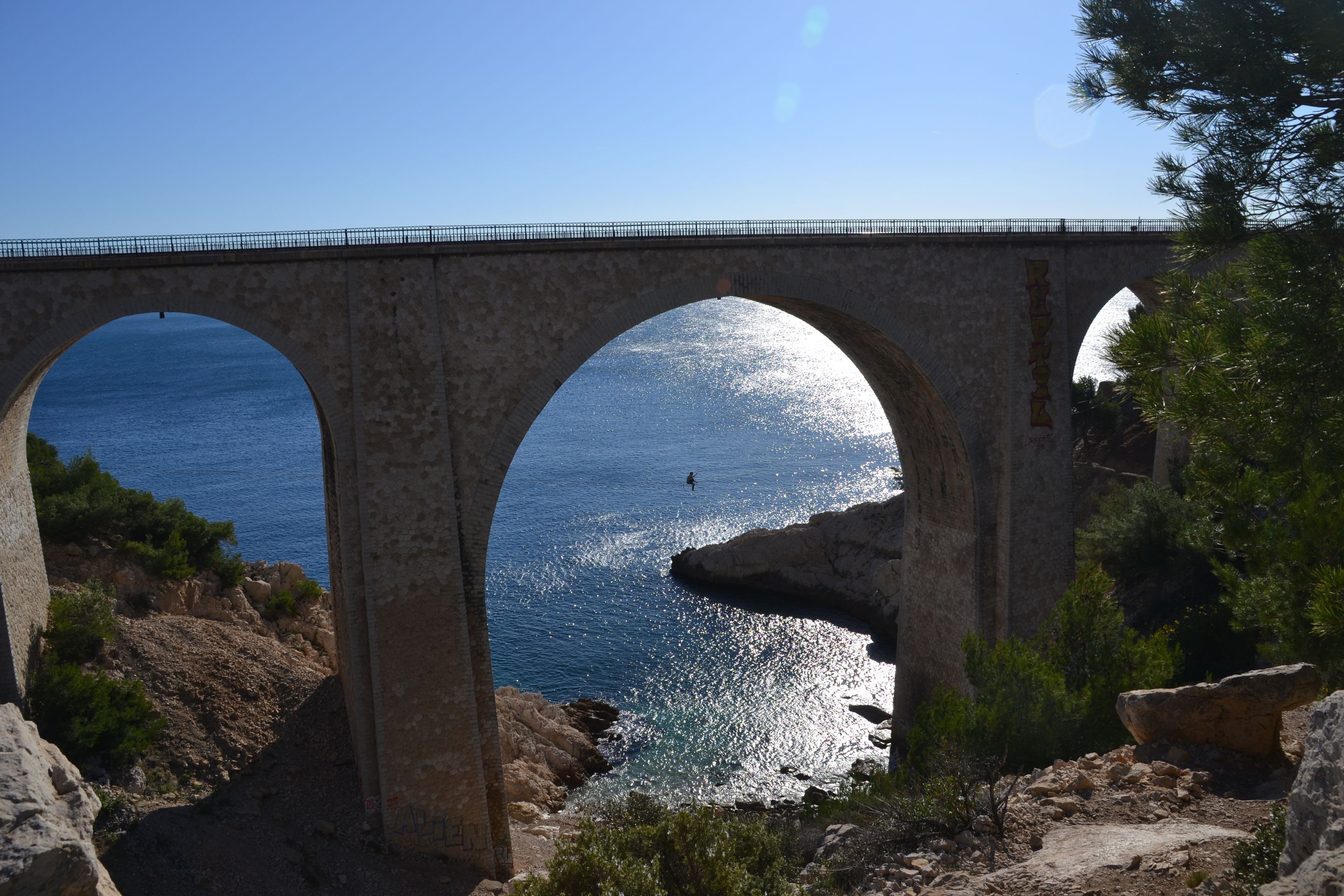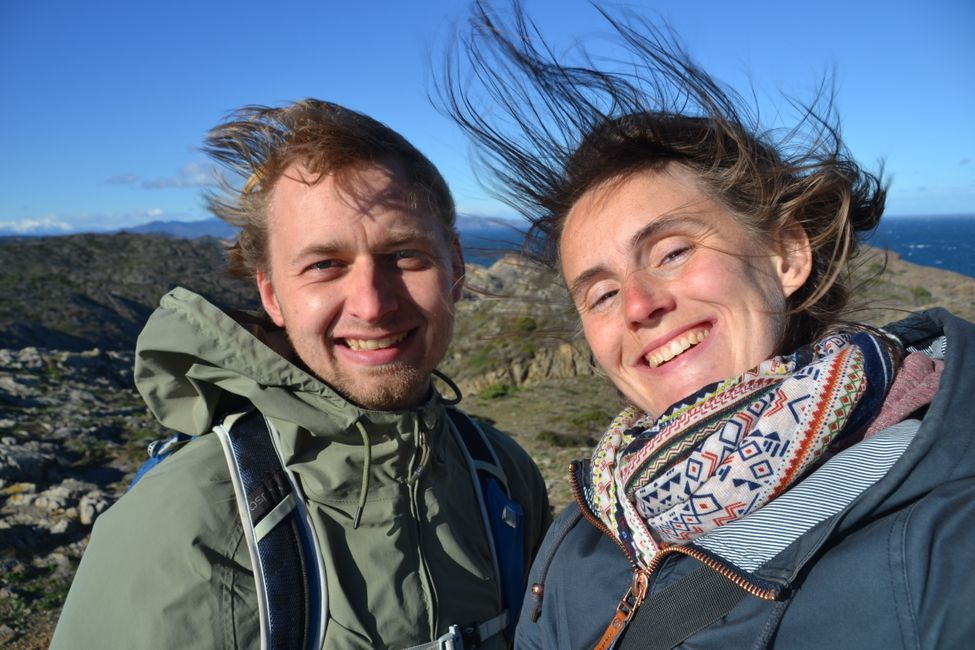#99 Conclusion Italy
Paskelbta: 02.04.2022
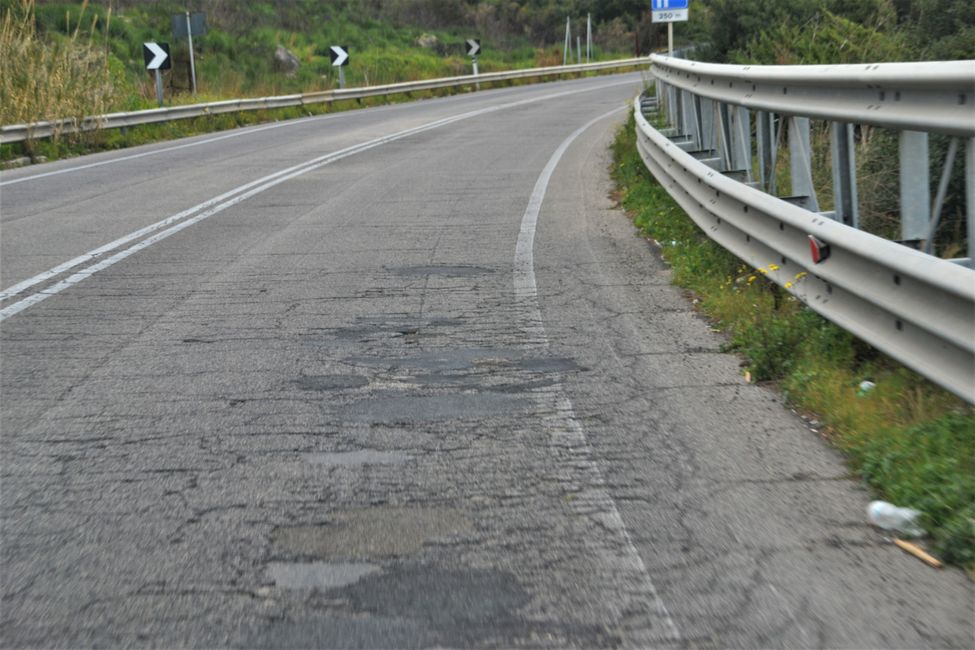
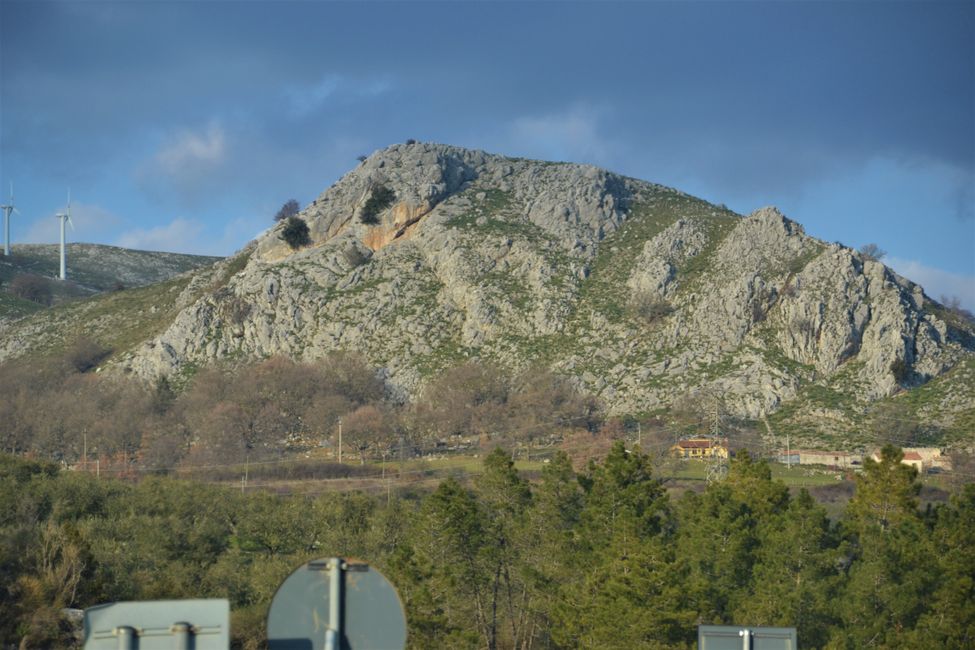
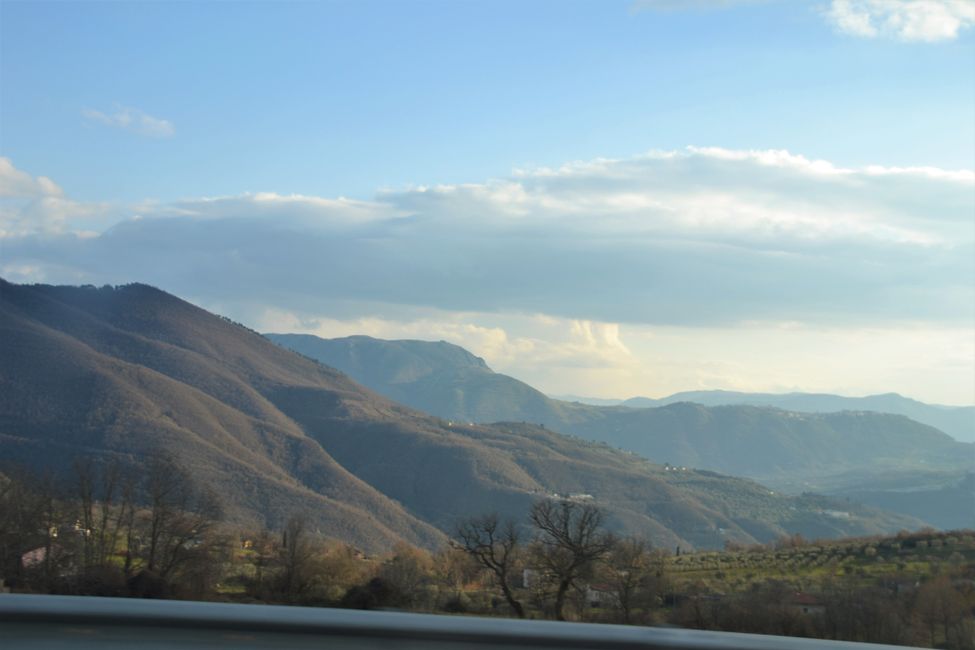
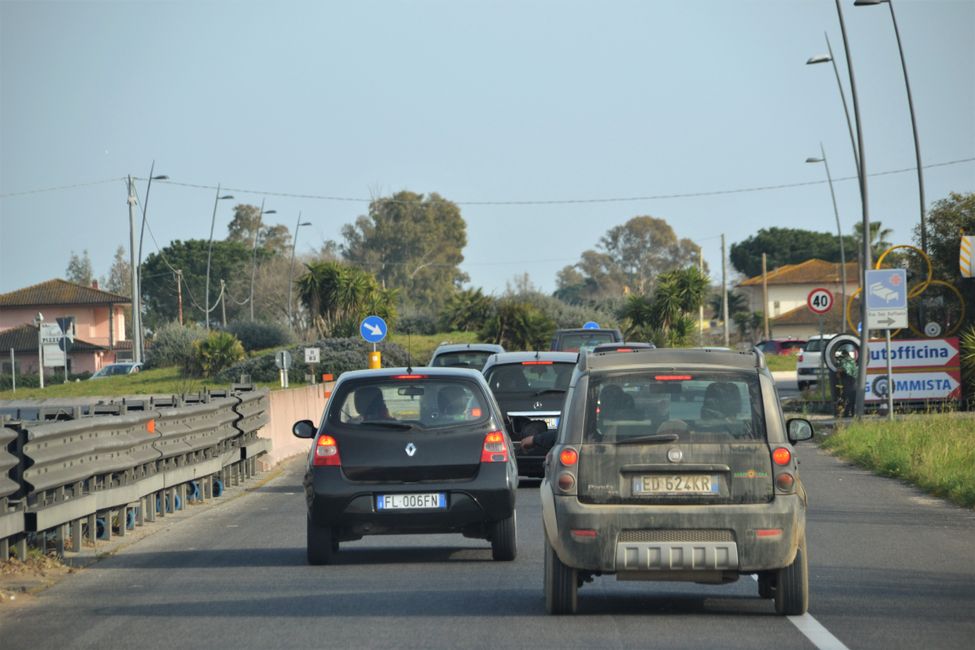
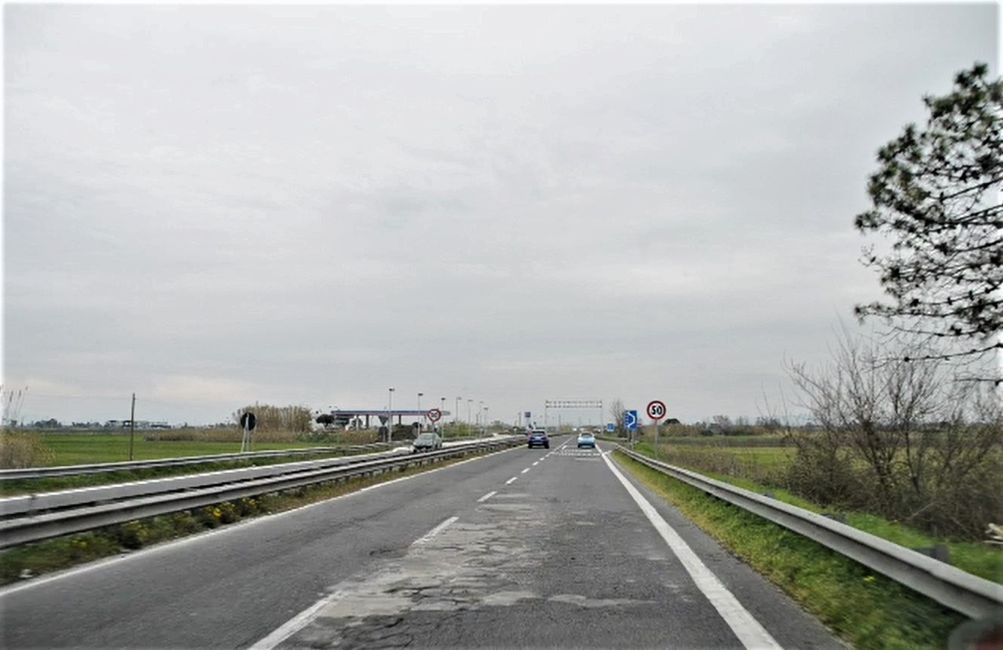
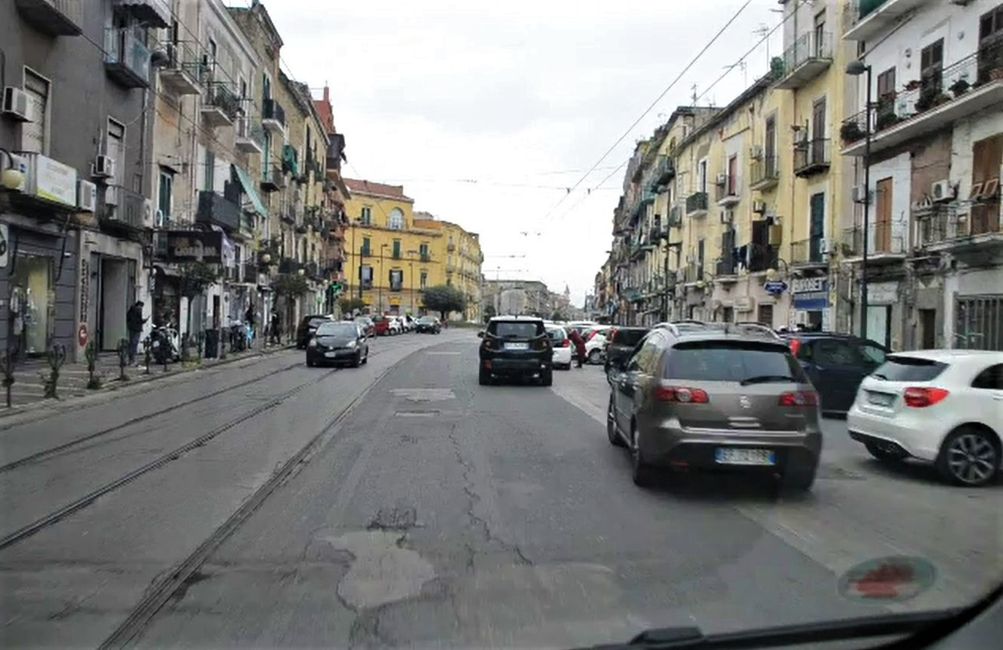
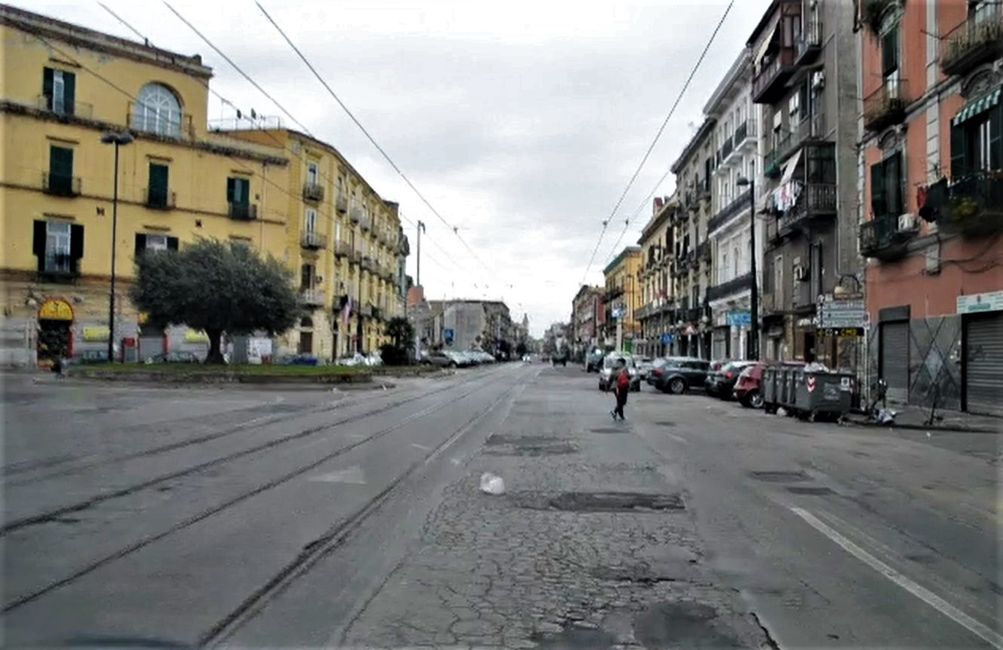
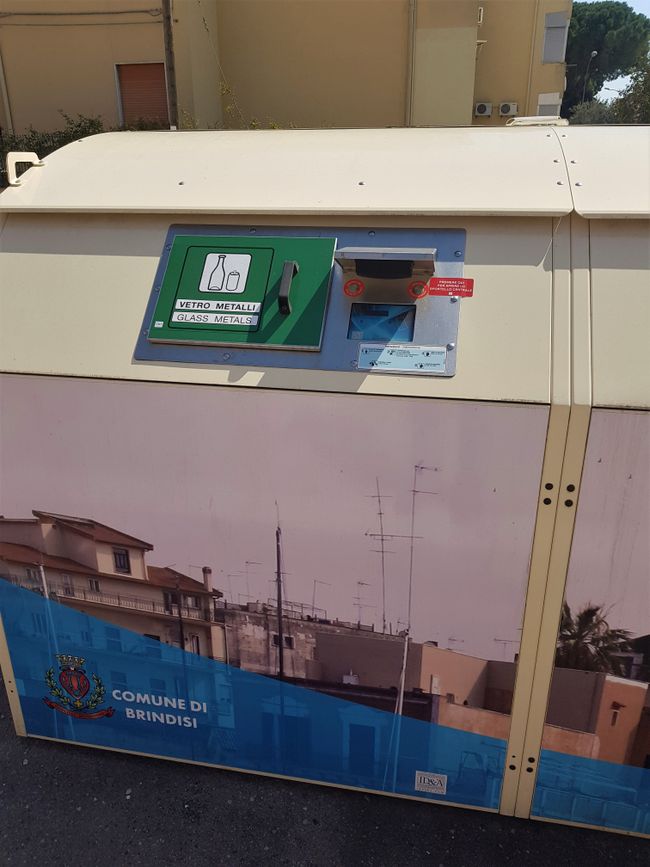
Prenumeruoti naujienas
March 26, 2022: Italy
Before we cross another country border, we want everyone to write a conclusion about Italy. We have written it independently of each other, without knowing the content of the others. So here are our conclusions about Italy:
F. I really like Italy. The people, how they wave their hands wildly when they speak, the food, and the tangible history from Roman times. This time we were just passing through Italy, as many places in Italy can be easily reached by train from Germany, and we can come back here later. The coast of Italy and the cities - at least where we were - are not very suitable for free camping, and the campsites are also very expensive in the off-season. In the 11 days in Italy, we drove a bit faster than usual through the country, if the road conditions allowed. In Portugal, we already had some bad roads with deep potholes in the asphalt, but in Italy it was very bumpy everywhere. Let me compare it like this: If you have a hole in your pants, there are these nice patches in animal shapes. So now the patch on your pants also has a hole after some time, and then you put another patch half on the broken old patch and half on the pants. That's kind of what the road surface in Italy is like. And where there are no double or triple patches yet, there is still a hole...

The speed limit signs are just beautiful touches of color in nature for most Italians. It often happened that I was driving 70-80 km/h in a 60 zone, being the slowest of all and being overtaken by both cars and trucks. At narrow points, the overtaking maneuver is often initiated with a honk. Honking plays an important role in Italian traffic and is always used when you want to draw attention to yourself because you are theoretically planning something prohibited. On the other hand, the road markings are mostly no longer visible, as they have been driven over so often that no more color can be seen. And where there is no marking, you can of course decide for yourself how many lanes the road has. The slow vehicles were then rather on the right, with the right wheels to the right of the shoulder, and the fast vehicles on the left. However, it must be mentioned that the roads themselves are a bit wider than in Germany - if the landscape allows it, of course.

Unfortunately, Italy is often very dirty and littered, especially in cities. Sometimes you can find huge piles of garbage behind the guardrail on the road. I still remember the TV images from a few years ago from Naples or Sicily, where the streets were piled high with garbage because the garbage collection was on strike or because the public garbage collection points were abolished to force the separation of garbage. In Rome, for example, there were still large public garbage bins for every type of garbage, but no garbage separation took place there either. In the south, the public garbage bins disappeared very often and large garbage containers were set up by the city, but they could only be opened with an Italian ID card. Probably only the residents of the city could open these garbage bins. It was definitely not easy for us to get rid of our garbage.

J. The Italians we met are friendly, open, outgoing, usually quite funny, and very relaxed. Especially in traffic, you can see how relaxed the Italians are. There was much less honking than I expected. (We were already worried about how we could participate in Italian traffic without a working horn.) In Italy, cars are driven with common sense and not every senseless rule is followed. So red traffic lights are often ignored if it is obvious that no one is driving. If the road marking indicates that there is one lane in each direction. But the road is wide enough for three cars side by side, you can also drive side by side in the same direction for two cars, half on the middle lane and half "in" oncoming traffic. But oncoming traffic is not blind and just continues further outside. No one honked. The emergency lane is also often used for driving, while the emergency bays on the highway are often used for parking or taking a break. Parking is also often done on restricted areas and especially in the second row. Speed limits are mostly seen as recommendations at most. We didn't recognize the difference between a 90 and a 50 zone on the country road, I mostly just drove 70, but even when I drove 90 in the 50 zone, I was overtaken by trucks. But everyone remained relaxed. Nobody seemed to get upset about anything. Honking only happens, for example, before tight bends, to say: "I'm coming!"

In the conclusions of all the other countries, I wrote about the speed regulation tactics. We didn't discover any here, and I don't think any of the tactics from the other countries would work here: the roads are already so bumpy that an additional bump wouldn't change anything anymore, even on narrow lanes, two of the narrow Italian cars (mostly Fiats and some really old ones; we felt very at home with our Fiat) fit, and even the red traffic lights from Portugal would simply be ignored here.

The fact that it is seen very loosely where you drive on the road is helpful on the very uneven roads. The holes here are usually not as deep as in Portugal, but there are large irregularities and huge bumps and cracks, so everything is constantly shaking and everything falls out of our shelves. We haven't seen such broken roads before, let's see what it will be like in the next countries.

In the streets of the villages and cities, I noticed something culturally interesting: in almost every village, there was a wall with death notices glued in A3 format. Instead of (or in addition to) an announcement in the local newspaper, important notices such as death notices are simply glued with paste to a central wall. We also saw such an announcement on a house wall; presumably, the resident had died.
Landscape-wise, I noticed the many mountains. The country is much more mountainous than I thought. Italy not only has the Alps in the north but also the huge Apennine mountain range that runs like Italy's backbone through the whole country. But there are also mountains and volcanoes along the coast. In Italy, therefore, the sea and the mountains are never far apart.


It is well known that Italy has beautiful landscapes, fascinating ancient culture, and delicious cuisine. However, we did not experience much of that in our 11 days in the country. So we definitely have to come back!
Day 162 - Total tour 12,169 km
---- Subscribe ----
If you would like to subscribe to our blog, you can either sign up with Vakantio and click on subscribe, or you can send us a message and we will add you to our own distribution list. We also welcome feedback, of course!
Email: querfeld2@gmail.com
Prenumeruoti naujienas
Atsakymas
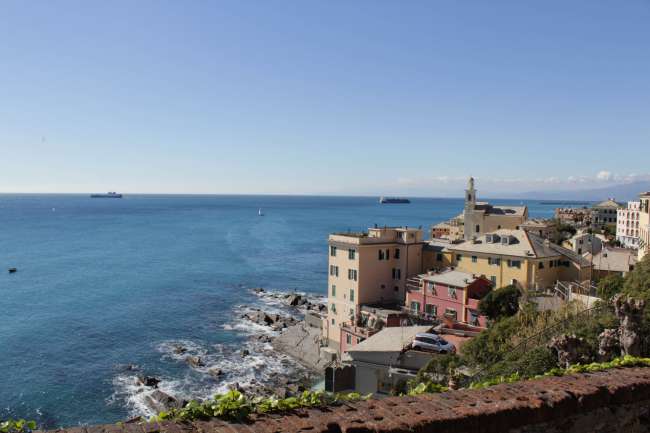
Italija kelionių ataskaitos
